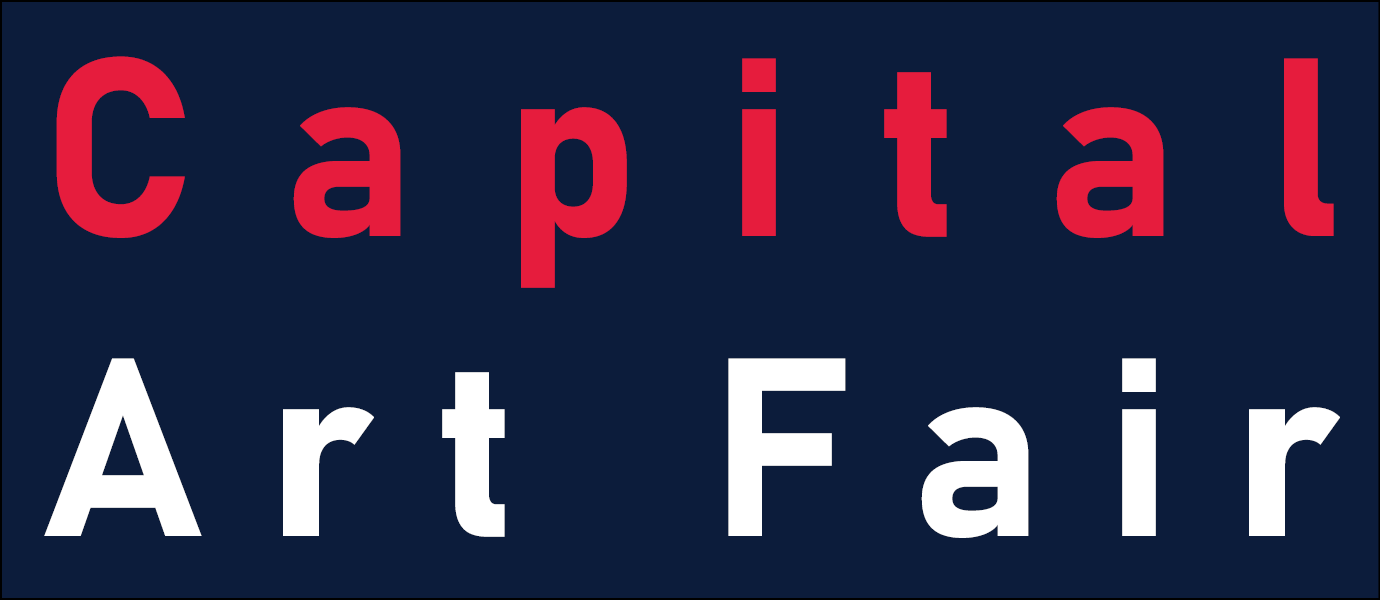Fritz EICHENBERG
Readers of classic literature know the wood engravings of Fritz Eichenberg well. His vivid engravings have illustrated Dostoyevsky's great works, as well as Tolstoy, Swift, Poe, and sisters Charlotte and Emily Bronte. He was born in 1901 to a Jewish family in Cologne, Germany, and was sensitive to the power of spiritual and social justice issues from earliest childhood, even exploring Taoism as a young boy. After formal training at the Municipal School of Applied Arts in Cologne and the Leipzig Academy of Graphic Arts, Eichenberg moved to Berlin in 1923.
In his own words, "My great idols were Goya, Durer, and Kathe Kollwitz." A successful career as a foreign correspondent, political cartoonist, and illustrator brought him money and notoriety for several years. He was a politically outspoken critic of the rising Nazi movement and Adolph Hitler. As a journalist, Eichenberg's travel visa allowed him to escape to NYC in 1932. His wife and young child fled Germany a few months later, and the new emigres remained in New York City, moving into a tiny house previously occupied by Alexander Calder, where Eichenberg established his studio. Throughout the 1930s, he worked for the WPA, surviving on the modest income provided for artists. In 1947, he was elected to the National Academy of Design as an Associate member and became a full Academician in 1949. Eichenberg was the director of Graphic Arts Center in Brooklyn, served on the Pratt Institute faculty, and finally headed the art department at the University of Rhode Island. For fifty years, Eichenberg was a contributor to the progressive American magazine The Nation. The remarkable vision he brought to his engravings fuses his deep creativity with his quest for spirituality. Eichenberg's interest in Taoism, his exploration of Buddhism after his wife's sudden death in 1937, his conversion to Quakerism, and his lifelong work with Catholic progressives all attest to this lifelong exploration. He died at home in Peace Dale, Rhode Island, at the age of 89.
In his own words, "My great idols were Goya, Durer, and Kathe Kollwitz." A successful career as a foreign correspondent, political cartoonist, and illustrator brought him money and notoriety for several years. He was a politically outspoken critic of the rising Nazi movement and Adolph Hitler. As a journalist, Eichenberg's travel visa allowed him to escape to NYC in 1932. His wife and young child fled Germany a few months later, and the new emigres remained in New York City, moving into a tiny house previously occupied by Alexander Calder, where Eichenberg established his studio. Throughout the 1930s, he worked for the WPA, surviving on the modest income provided for artists. In 1947, he was elected to the National Academy of Design as an Associate member and became a full Academician in 1949. Eichenberg was the director of Graphic Arts Center in Brooklyn, served on the Pratt Institute faculty, and finally headed the art department at the University of Rhode Island. For fifty years, Eichenberg was a contributor to the progressive American magazine The Nation. The remarkable vision he brought to his engravings fuses his deep creativity with his quest for spirituality. Eichenberg's interest in Taoism, his exploration of Buddhism after his wife's sudden death in 1937, his conversion to Quakerism, and his lifelong work with Catholic progressives all attest to this lifelong exploration. He died at home in Peace Dale, Rhode Island, at the age of 89.
Showing 1 to 1 of 1 (1 Pages)


